
CHICAGO — Metra will receive more than $104 million in grants for station projects and the purchase of three electric switching locomotives, the commuter rail operator has announced.
The funding will come from the Congestion Mitigation and Air Quality Improvement program of the Chicago Metropolitan Agency for Planning. The money will include $80 million for renovation of the Van Buren Street station on the Metra Electric Line; $23.7 million for the locomotives, and $800,000 for improvements to the Edgebrook station on the Milwaukee District North Line.
“We’re grateful CMAP has seen the value of these projects to the region and included funding them in the 2026-2030 CMAP program,” Metra Executive Director/CEO Jim Derwinski said in a press release. “Each of these three projects will help us address the goals of the CMAQ program to reduce congestion and pollution levels by improving and strengthening the sustainability of our transit system.”
The Van Buren station project will also be funded through $10 million in federal Urbanized Area Formula Funding and $24.5 million from the U.S. Department of Transportation’s BUILD (Better Utilizing Investments to Leverage Development) program for infrastructure projects, and $20 million from Metra. The 129-year-old station, located below grade adjacent to Grant Park, has sustained decades of water damage, requiring a complete rehabilitation. Construction is expected to begin in 2028.
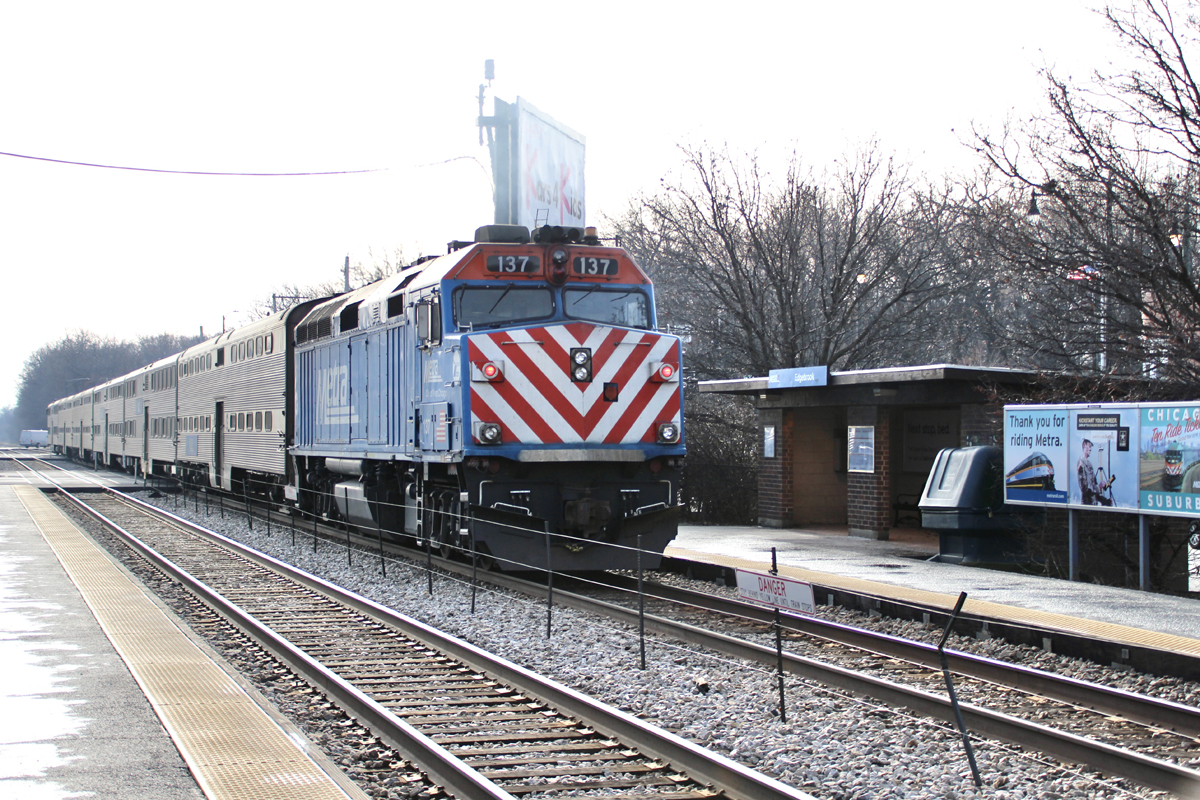






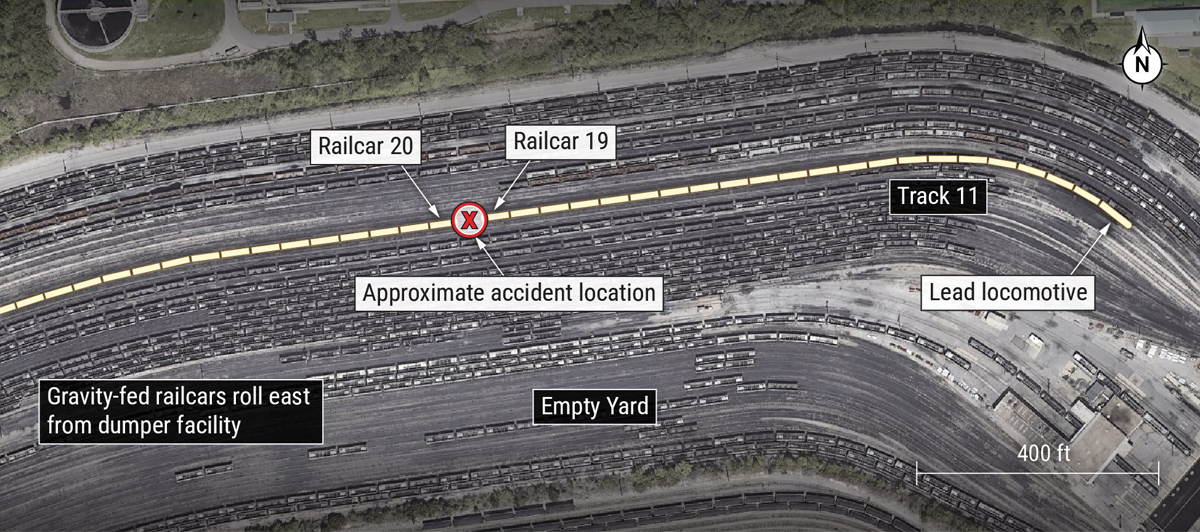
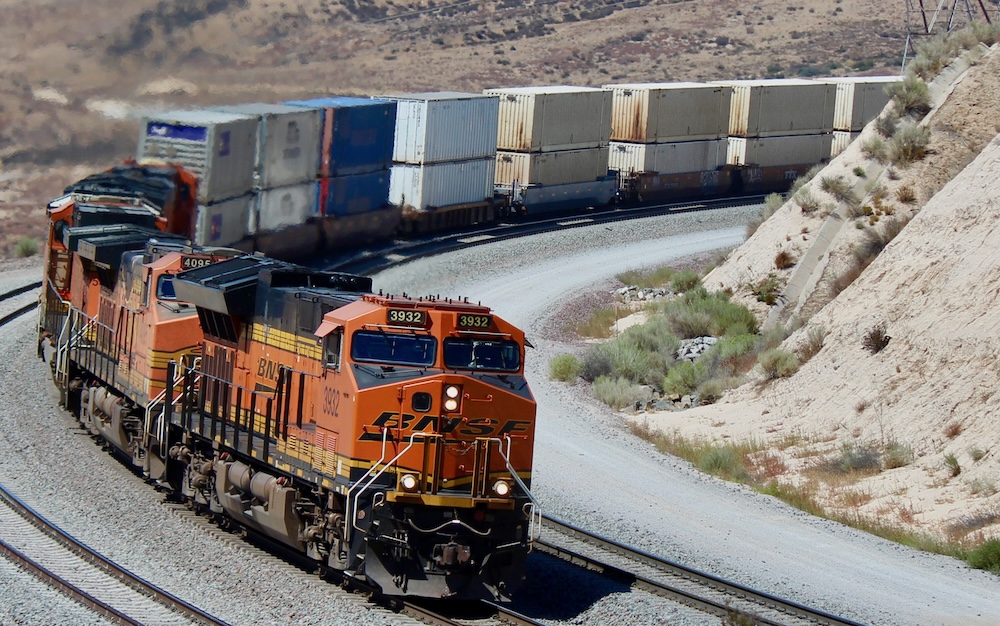
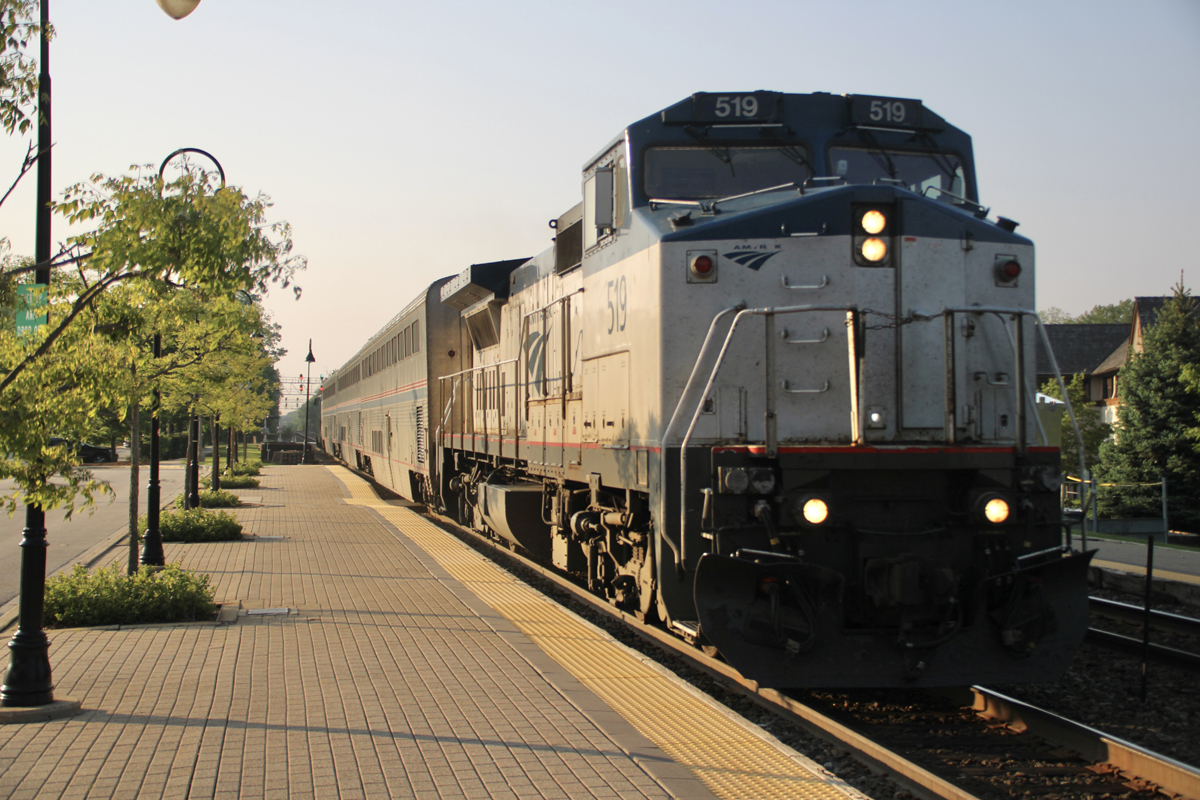
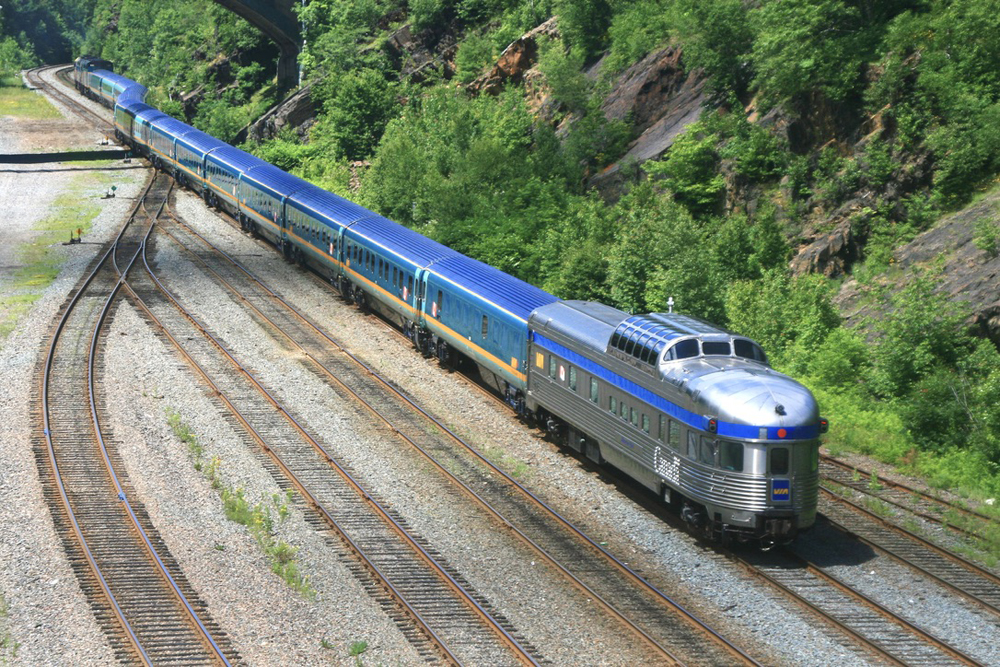

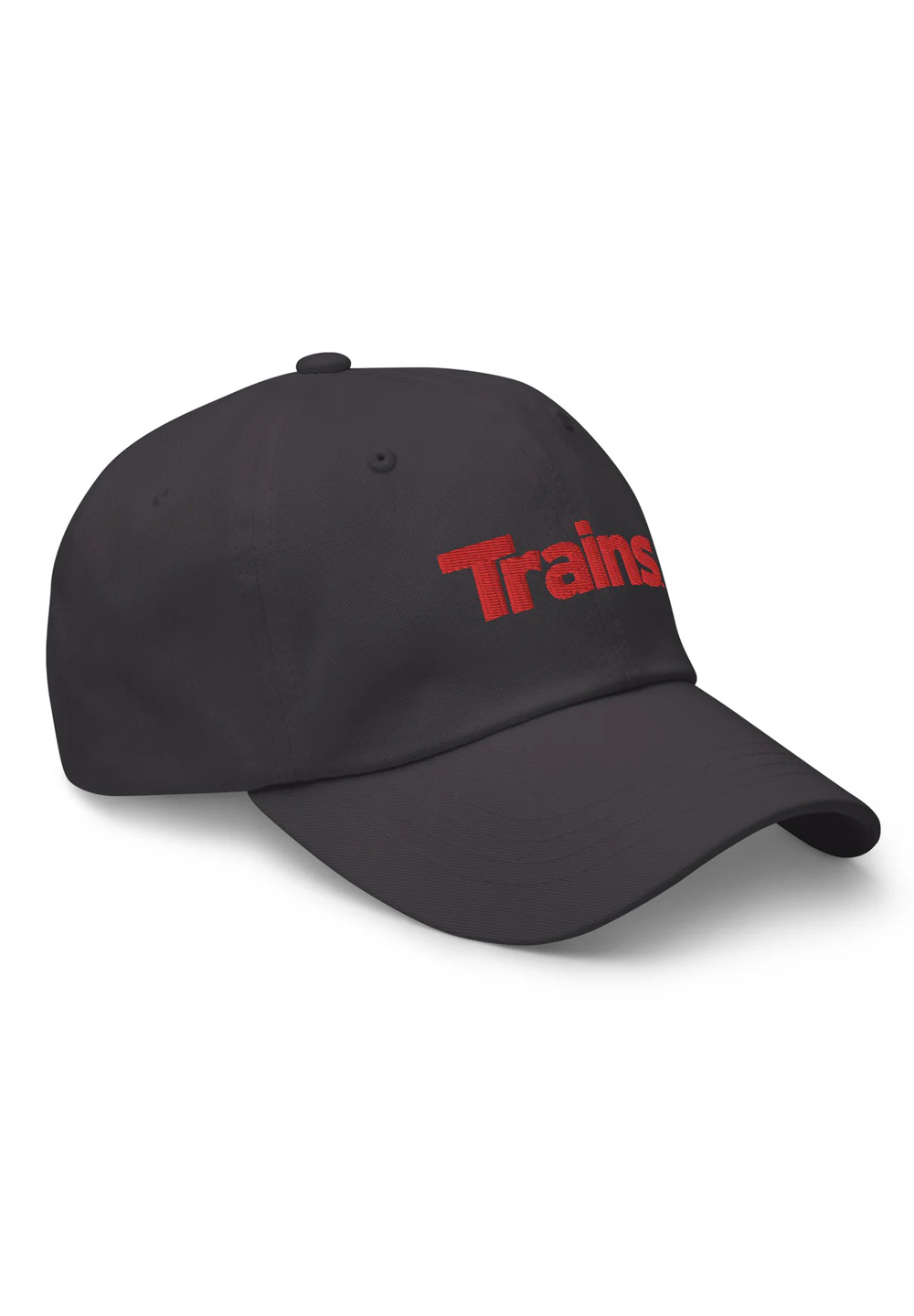
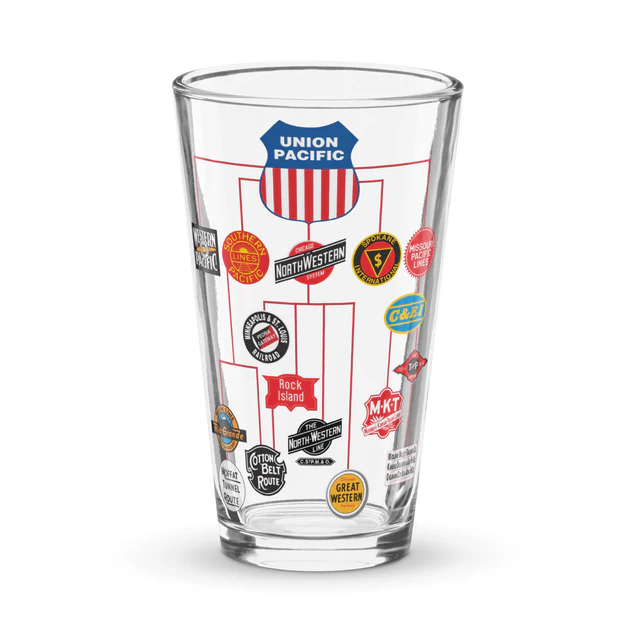
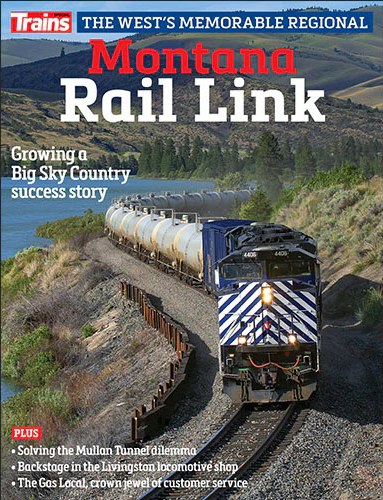
Charles Landey you are so funny. It’s always easy to know that you’ll be complaining about everything.
You seem to think that funding of public projects is simple. It’s not. Money comes from lots of different sources, local, regional, state and national.
Getting hung up on that seems bizarre.
As for electric locomotives, that could mean battery electric. That technology seems to have proved itself in Europe. EMD/Progress Rail even makes them.
https://www.progressrail.com/en/Segments/Locomotive/Locomotives/FreightLocomotives/EMDJoule.html
Traveling in Europe in recent years, most of the switching I saw appeared to be diesel. It’s possible that some could have been battery operated. The only switching that I could tell for sure was electrical used regular electric units. Passenger-wise, it’s my impression that the majority of the train sets would not require turning or switching.
The Pennsy and its subsidiary Long Island RR had a total of 42 dedicated electric switchers, the majority A/C but some D/C, built in Altoona in the 1920’s. They were used in the NYC and Philly areas, although several ended up in Harrisburg later on. No more were ever built because the PRR electrification weren’t extended west beyond Harrisburg and then the diesel switcher took over.
The Steeple cab electrics were found on most freight carrying Interurban operations and I believe on the Milwaukee in its electrified areas. They were used for switching as well as road freight operations.
Cars must be switched out for maintenance or capacity needs so some switching is always required at some point. Irregardless of where they come from, hybrid or battery units are available, though it would be nice is a US supplier was chosen if available. Buy American provisions should always be included in public contracts with provisions for foreign sourcing when a US source is not available or not competitive. I worked for a major defense contractor and whenever we told US suppliers they had to be competitive with the foreign contractors, if they really wanted the business, they almost always found a way…
Who makes electric switching locomotives in the US? Or would this be some future design? Possibly foreign since much of Europe is electrified.
So, in addition to all the other subsidies, METRA gets another subsidy.
I’m not opposed to any of these subsidies. It’s just that I’d love to have it all in one budget line so we’d have transparency as to the full amount.
Charles, its a local (IL) subsidy (Congestion Mitigation and Air Quality Improvement program of the Chicago Metropolitan Agency for Planning.) not further Fed Subsidies which is as it should be. This is not a national rail entity, this is a local (to metro Chicago) entity and the users of this service live in the Metro Chicago locality. This money is from their taxes and not mine and I am all for it.
” locmootibes”? Proof read, proof read!